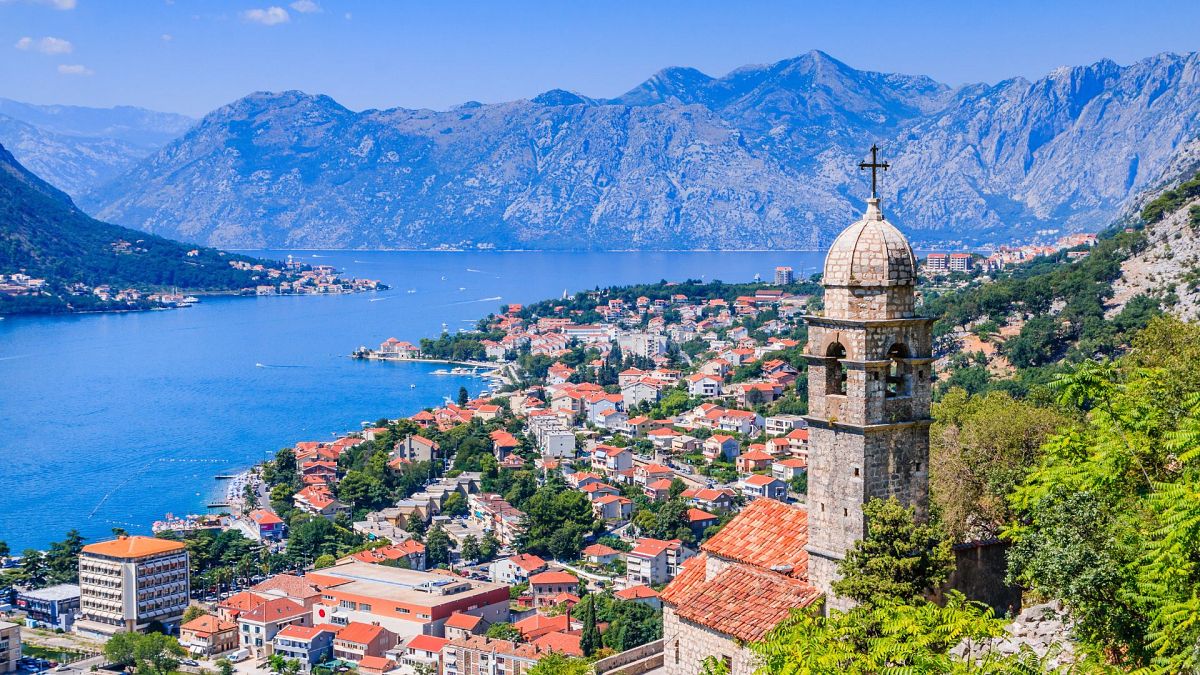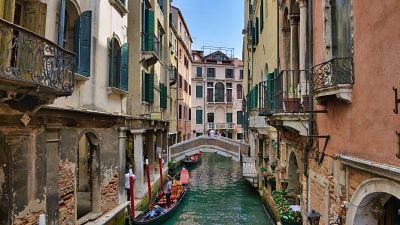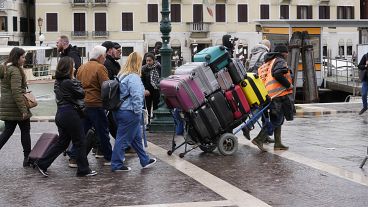Which European countries rely on tourism most heavily? The answer might surprise you.
Tourists are welcome all across Europe.
But visitors can expect an extra friendly greeting in Montenegro, where tourism accounts for more than a quarter of economic output.
Figures from the World Travel and Tourism Council have revealed which European economies were most reliant on tourism before the pandemic - and which still are.
It is based on Gross Domestic Product (GDP), a measure of the total value of goods and services produced in any one nation over a year.
In tiny Montenegro, with its sliver of Adriatic Sea, the travel industry accounted for nearly a third (30.8 per cent) of the country’s GDP in 2019.
This plummeted to a little over seven per cent in 2020 - but has since bounced back to 25.5 per cent.
Which European countries are most reliant on tourism?
Since pandemic restrictions eased, countries have tried to draw tourists back in.
For places that rely heavily on travellers spending big, this task couldn’t be more urgent.
In 2019, Montenegro’s reliance on tourism was closely followed by Croatia’s. The coastal Balkan country depended on tourism for nearly a quarter (24.8 per cent) of its GDP. In 2021, this figure had shrunk to 16.1 per cent.
Pre-pandemic, tourism accounted for more than a fifth of GDP in Greece, Iceland, and Albania. In each of these countries, it now accounts for less than a sixth.
On the other end of the spectrum, many countries hardly relied on tourism at all in 2019. These countries have largely failed to draw back visitors since border restrictions started to ease.
In 2019, Ireland received 4.2 per cent of its GDP from the travel industry, followed by Poland (4.8 per cent) and Russia (5 per cent).
2021 figures show these percentages shrinking even more. In Ireland, tourism accounted for just 1.2 per cent of the total economy, and in Poland less than 3 per cent.
In Russia, tourism accounted for 3.7 per cent of GDP in 2021. But these figures are likely to plummet further this year, with visitor numbers spiralling after Russia’s invasion of Ukraine.
Across the rest of the continent, tourism will surge this year, with many countries experiencing a large uptick in visitors.
Analysis by Landgeist - an organisation tracking statistical trends through maps - clearly ranks the 2019 GDP increases across the continent
What about Europe’s most popular countries for tourists?
Europe’s most popular countries draw millions of tourists every year. However, they rely on them less than some of their neighbours.
France is Europe’s most popular country with tourists, receiving 90 million visitors per year before the pandemic. Montenegro, on the other hand, received a little over 2.5 million.
Tourists flock to France for its cultured cities, beautiful landscapes and fine dining.
But tourism accounted for less than a tenth of GDP before the pandemic, according to the WTTC figures - and in 2021 contributed 6.5 per cent.
Nearby Spain received more than 80 million visitors in 2019. Yet tourism accounted for just 14.5 per cent of GDP - a figure that nearly halved to 8.5 per cent in 2021.
Things to do in Montenegro
So if you want to help rebuild the travel industry in Europe where it’s needed most, consider a holiday in Montenegro.
The country may be small, but there is no shortage of things to do and see. From soaring mountains and medieval cities, here are three of the best things to do in Montenegro.
3. Hit the beach
With 295km of coastline, Montenegro boasts hundreds of beautiful beaches. Try Jaz beach, one of the longest in the Budva area and a popular spot with tourists and locals alike.
Check the events calendar, too - the beach often hosts live music and festivals.
2. Wander Kotor Old Town
Situated in the fortified town of Kotor, the Old Town is a protected UNESCO World Heritage site boasting two millennia of history. The town’s attractions - which include a 12th century Roman cathedral and one of the first theatres in the Balkans - are encased in 10 metre thick mediaeval walls.
You can also trek up to the town walls for a sweeping view of the bay of Kotor. A solid alternative to the busy walls of Dubrovnik.
1. Visit one of the country’s national parks
Nature lovers should head out to Lovcen National Park, home to more than 1300 plant species. The imposing peak in the centre gave Montenegro its historical name, Črna Gora (‘black mountain.’)
For breathtaking scenery, check out Durmitor national park, spotted with glittering glacial lakes.



